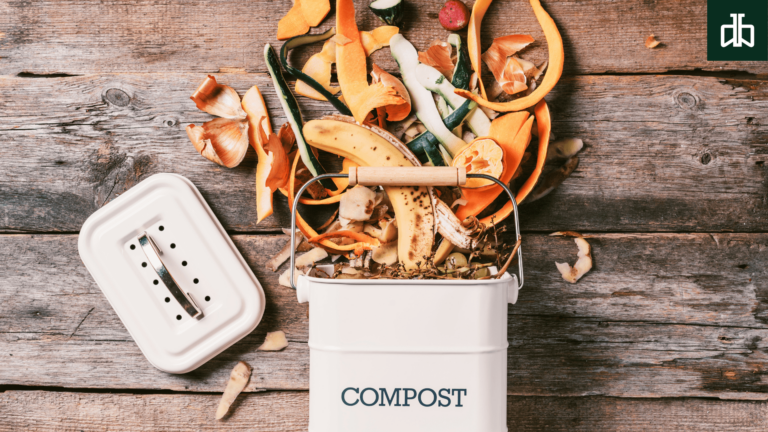In today’s world, where environmental consciousness is becoming increasingly important, adopting zero waste practices in the kitchen has emerged as a powerful way to minimize our ecological footprint. The kitchen is often the heart of the home, but it can also be a significant source of waste. By making simple changes to our daily routines and habits, we can reduce waste, conserve resources, and contribute to a healthier planet. In this article, we’ll explore various zero waste kitchen activities and sustainable practices that you can easily implement in your home.
Reduce Food Waste
One of the most significant contributors to kitchen waste is food scraps. By minimizing food waste, we can save money and reduce our environmental impact. Start by planning meals carefully, making a shopping list, and buying only what you need. Store perishable items properly to prolong their freshness, and use leftovers creatively in new dishes. Composting food scraps that cannot be eaten is another effective way to minimize waste and nourish the soil in your garden.Choose Reusable Alternatives
Swap single-use disposable items for reusable alternatives to reduce waste in the kitchen. Invest in durable, high-quality items such as stainless steel or glass containers, reusable cloth napkins, and silicone food storage bags. Replace plastic wrap with beeswax wraps or silicone lids for covering leftovers. Opt for reusable shopping bags and produce bags when grocery shopping to minimize plastic waste.Embrace Bulk Buying and Refilling
Buying pantry staples in bulk and refilling containers can significantly reduce packaging waste. Look for stores that offer bulk bins for items like grains, legumes, nuts, and spices. Bring your own containers and fill them with the desired quantity of each item. Many stores also offer refill stations for household cleaning products, personal care items, and cooking oils, allowing you to refill containers instead of buying new ones.Preserve Fresh Produce
Extend the life of fresh produce and reduce waste by preserving it through various methods such as canning, pickling, fermenting, or freezing. Use excess fruits and vegetables to make jams, sauces, or soups that can be canned or frozen for later use. Pickling vegetables is another excellent way to preserve them while adding flavor and variety to meals. Fermenting vegetables like cabbage into sauerkraut or kimchi is not only a great way to reduce waste but also promotes gut health.Make Homemade Staples
Instead of buying packaged convenience foods, try making homemade staples from scratch. Items like bread, yogurt, nut butter, and granola can easily be made at home using simple ingredients and minimal packaging. Not only does making food from scratch reduce waste, but it also allows you to control the quality of ingredients and customize recipes to suit your preferences.Compost Kitchen Scraps
Composting kitchen scraps is an effective way to divert organic waste from landfills and create nutrient-rich soil for gardening. Start a compost bin or pile in your backyard or use a countertop composting container if outdoor space is limited. Compost fruit and vegetable scraps, coffee grounds, eggshells, and yard waste like leaves and grass clippings. Avoid composting meat, dairy, and oily foods, as they can attract pests and create odors.Transitioning to a zero waste kitchen may seem daunting at first, but by incorporating small changes into your daily routine, you can make a significant impact over time. Whether it’s reducing food waste, choosing reusable alternatives, embracing bulk buying and refilling, preserving fresh produce, making homemade staples, or composting kitchen scraps, there are many ways to minimize waste and live more sustainably. By embracing zero waste practices in the kitchen, you’re not only benefiting the environment but also creating a healthier, more conscious way of living for yourself and future generations. Source Credits: zerowasteadda







